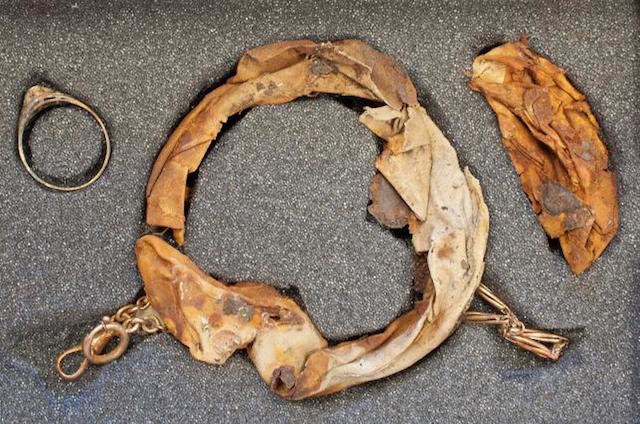
The mug, one of thousands of kitchenware items seized by Nazi guards from those deported to the camp in southern Poland during World War II, was found to have an inside double bottom, under which a gold ring and necklace wrapped in a piece of canvas were hidden.
The objects, believed to have been made in Poland in between 1921 and 1931, were discovered during maintenance of the museum's enameled kitchenware exhibits.
"When I picked up this mug, it turned out that there were hidden objects inside," museum staffer Hanna Kubik said.
"With time, the fake bottom had detached from the cup, so it was clearly visible that inside there was a bundle and you could see a fragment of the chain and a ring".
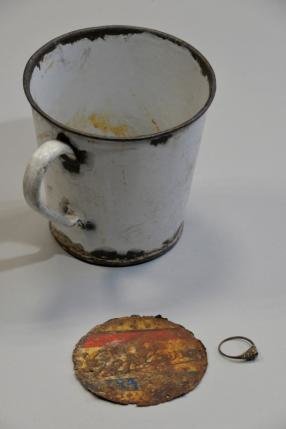
Many hid valuables inside, items the museum says are still being discovered years later. However, their owners often remain anonymous because of the lack of traces on the objects to identify them.
The museum, which says it has more than 12,000-enamelled kitchen items -- like cups, pots, bowls, kettles, jugs -- in its memorials collection, said the jewelry would now be stored in "in the form reflecting the manner in which it had been hidden by the owner."
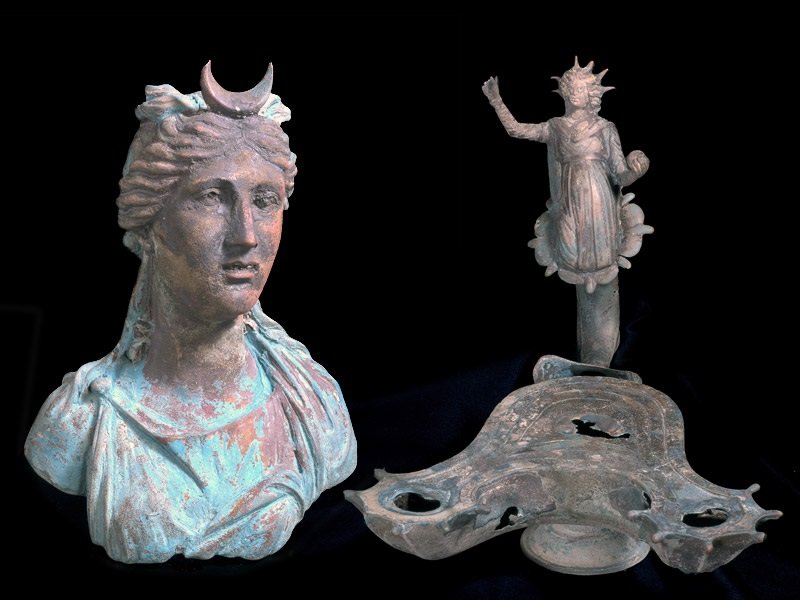


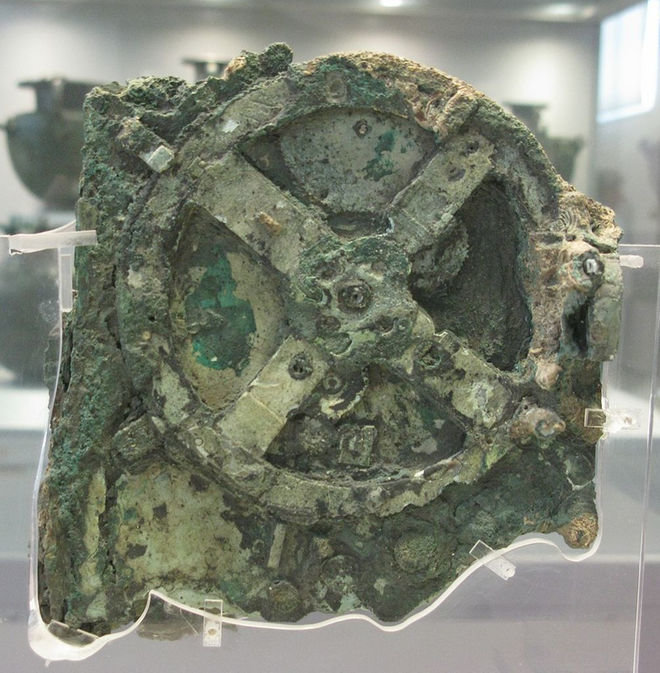


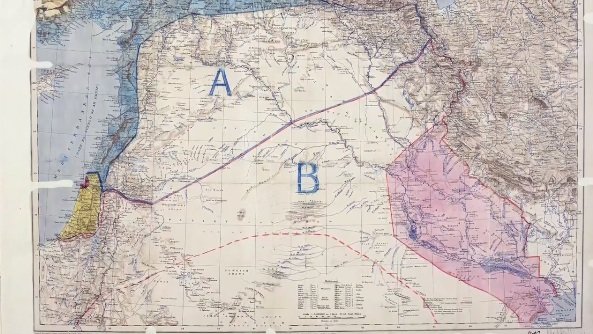
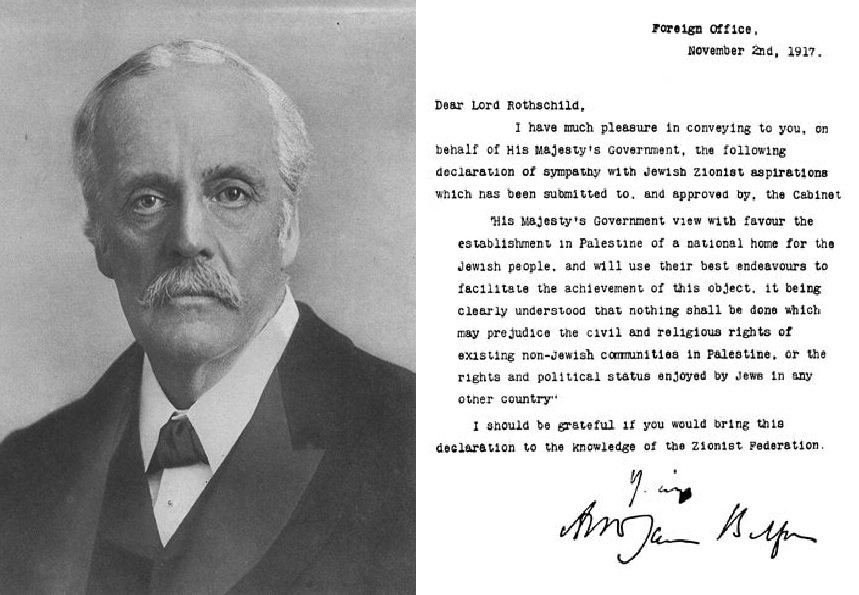
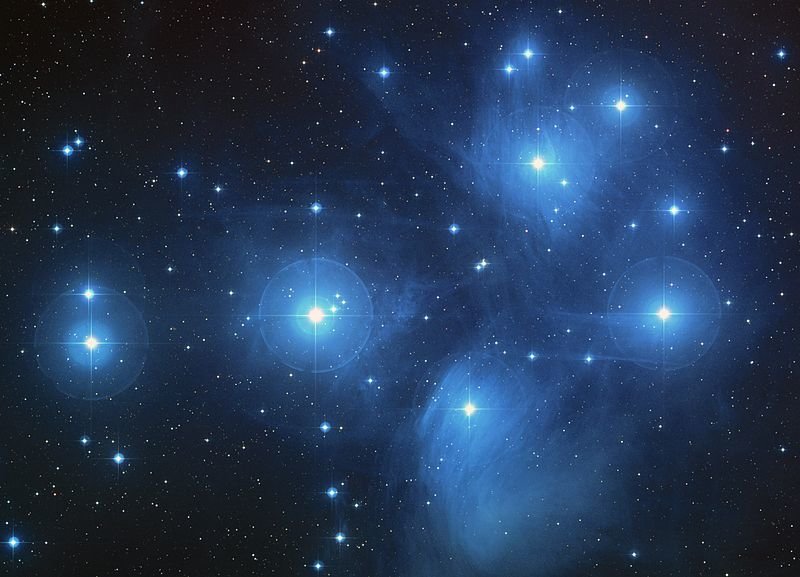




Comment: But 'Gorgeous' George Galloway did...